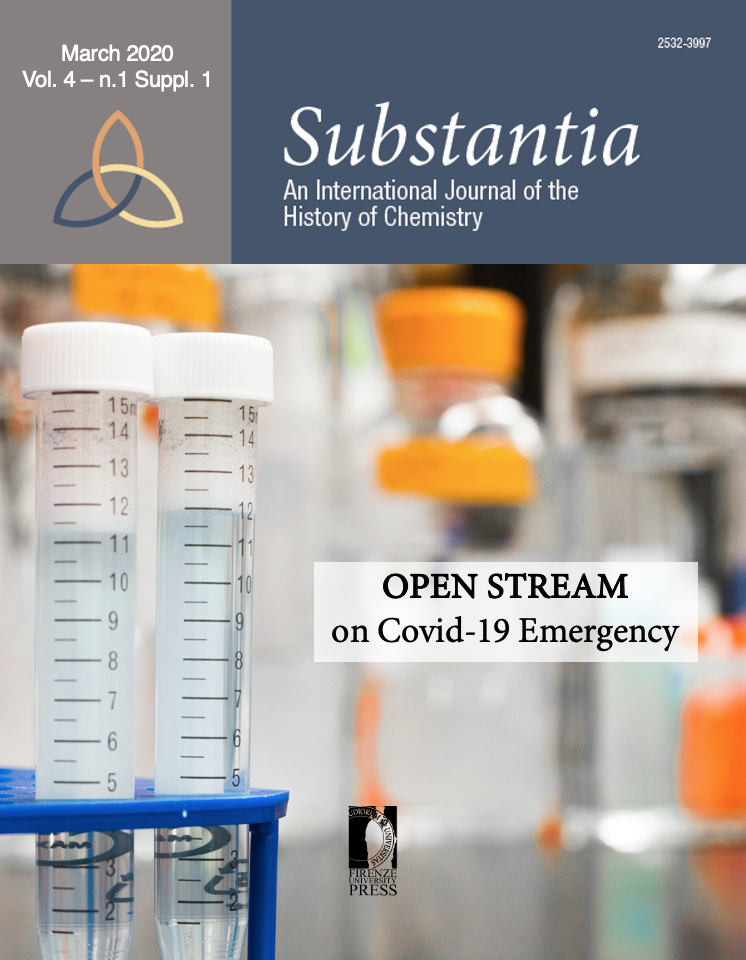Modeling Social Groups, Policies and Cognitive Behavior in COVID-19 Epidemic Phases. Basic Scenarios
Published 2020-06-11
Keywords
- Epidemic modelling,
- infection dynamics,
- risk perception,
- agent-based models
How to Cite
Abstract
The Covid-19 pandemic is distinct from Spanish flu of 1918 from many aspects among which the contrast between the overabundance of worldwide exchange of information (infomedia) and the actual scarce knowledge of the pathogen and the infection mechanism. Another important distinction is that the epidemics threaten society components, social groups, communities and jobs in very different ways and different death tolls. With this in mind, we start with simple models of pandemics and we drive the reader to more complex models that take into accounts social compartments and communities. The discrete-state models are built by adding elements, first in a mean-field approximation, then adding age classes and differential contact rates, and finally inserting the social group dimension. The novel element we insert is the effect of restrictions in contacts and travels, filtered by the risk perception, according with the growth of the number of infected or recovered people. Assimilating risk perception with cognitive behavior, we obtain several coarse-grain scenarios, that can be used for instance to calibrate the level of restrictions so not to exceed the capacity of the health system, and to speed the post-emergency recovery.





